Kids zen garden
DIY Zen Gardens for Kids
By ProjectswithKids
4.7K shares
These zen gardens for kids are so easy and fun to make! We used non-breakable containers and bright colors to make this project fun and kid-friendly. This is a great calming sensory activity for kids that you can customize with different colors and accessories.
They would also make great gifts! We love making handmade gifts for family and friends, check out our collection of awesome kid-made gifts for more ideas and inspiration.
Make your own zen gardens for kidsThis post contains affiliate links, which come at no cost to you. If you would like more information please review my disclosure policy.
Supplies- Sand in any color
- Kid safe containers
- Items for your zen garden such as shells, rocks & crystals, driftwood, or other items of your choosing.
- Something to use as a rake. We used a mini back scratcher (which worked perfectly!), a wooden fork and made our own with wooden skewers (more on that below).
- Washi tape(optional)
1. Pick out your containers. We made sure to use containers that wouldn’t easily break. We chose a lid from a photo box, a photo scrapbooking container with a lid, which is great because you can close the lid and make it portable, and an old plastic plate that I used when my daughter was younger(a great way to use what you already have!).
If you choose to use a shallow cardboard box, you might want to tape around the bottom and sides to prevent the sand from leaking through.
2. Choose your sand colors. My kids wanted to use bright colors and luckily our local craft store had some in stock. I was hoping to find some sand at the dollar store, but no such luck!
If you use sand that you collect from the beach make sure to pick out all the debris, rinse it in a fine mesh strainer and let it dry completely before pouring into your containers.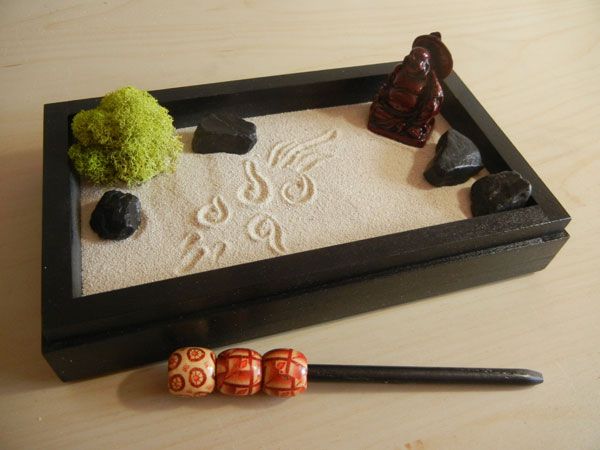
3. Fill your containers, but don’t fill them too much. You want to be able to make designs in your sand with a rake and not have any sand spill out.
4. Choose your zen garden accessories. This is the fun part! We used rocks, crystals, and driftwood for our zen gardens. But you can choose to add any items your kids want. Mini statues or small toys, even air dry plants that are in more traditional zen gardens. Have fun placing your items in your containers.
5. Time for your rakes! The mini back scratcher and wooden fork worked great but I also wanted to make our own. We used mini bamboo skewers that are used for appetizers(and probably found at any grocery store) and wrapped them in washi tape. They turned out great and work really well!
6. Give your kids a chance to try out the different rakes and play around with drawing designs in their sand.
We love how our zen gardens for kids turned out! My daughter is currently using hers to draw pictures and write messages to me in the sand.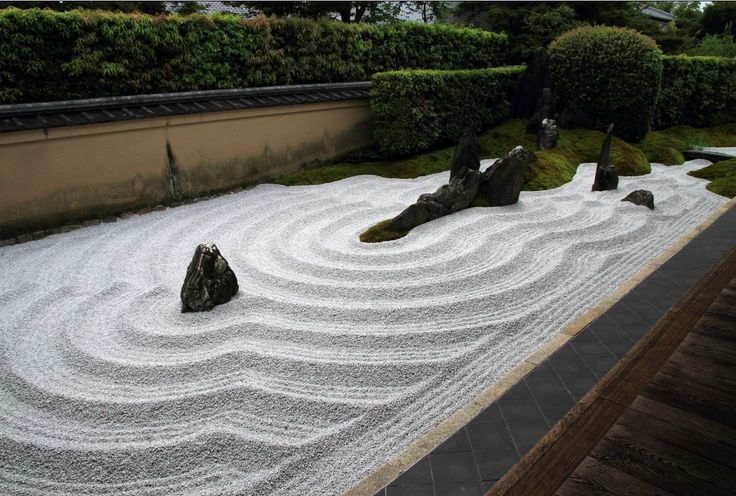
If you are looking for some more sensory activities take a look at our fun painting snow winter sensory activity!
More craft projects you will love
Mermaid DIY School Supplies Kids Can Make
Handmade Coasters with Pressed Flowers & Washi Tape
Follow me on Pinterest for more great ideas!
Pin for later4.7K shares
More projects you will love
Reader Interactions
DIY Mindful Zen Garden Craft for Kids : Kumarah
This page may contain affiliate links for products that I have personally tried and recommend. As an Amazon Associate I earn from qualifying purchases. See my disclaimer for full details.
[et_pb_section admin_label=”section”] [et_pb_row admin_label=”row”] [et_pb_column type=”4_4″][et_pb_text admin_label=”Text”]
A mindful Zen garden for kids is a simple and fun craft that you can do with your kids at home or in a kids’ yoga class.
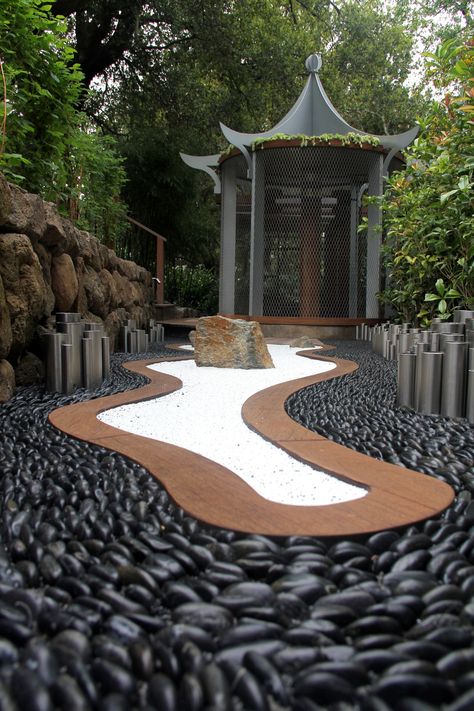
A Zen garden is an ancient meditation technique developed by Japanese monks to aid in mindfulness. They created large sand and rock gardens to rake for a calming and meditative practice.
Now, many people all over the world use smaller desktop Zen gardens to bring them a little peace and calm in their day. The little Zen garden is a reminder to take mindful breaks, rest the eyes, and take a few deep breaths.
Combined with my Mindful Glitter Calm Down Jar at my desk, I feel more centered and mindful with my own mini Zen garden to help me focus throughout the day.
You can easily make a mindfulness Zen garden of your own to have at home, or for your kids to have in their workspace (especially with distance learning being all too common these days!).
I did this craft with my two little boys, ages 8 and 11. The younger is very artistic and was right on board with it, ready to god. His fairy rock garden on the beach is really quaint and adorable.
His older brother, usually reluctant to do anything other than be on his screens, was surprising really into it as well! He was ready to try it out immediately.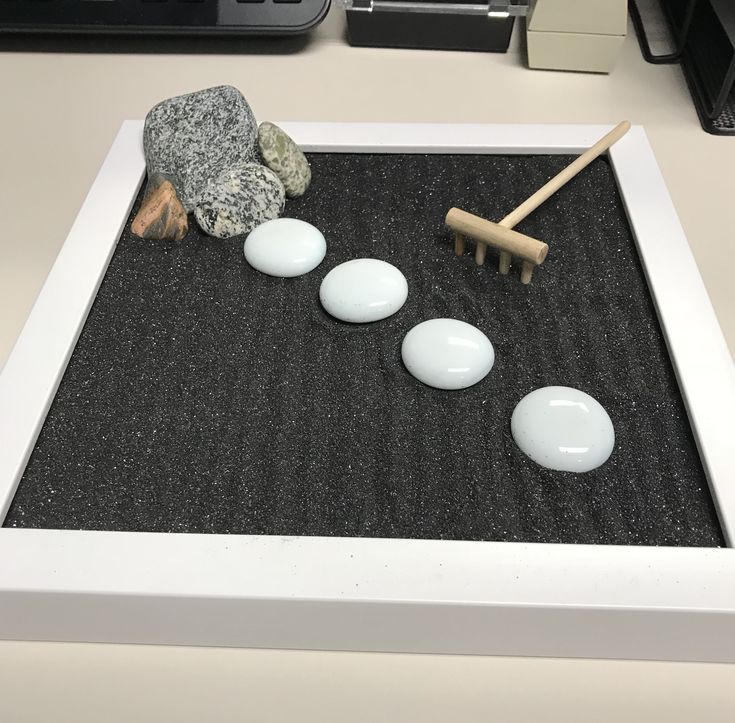
He listened to the directions, learned about how it helps with mindfulness, got started on his desert scene, and after about 20 minutes of constructing careful said, “This actually is really calming.”
YAY, mindfulness crafts for the win!
First of all,
What is Mindfulness for Kids?First, it’s important that your child or students know a little bit about mindfulness and why it is important.
Mindfulness is the art and practice of paying close attention to one thing at a time. If you are eating, you should be focused on your food: the smell, the taste, the texture.
When you are walking, be mindful of your feet, your surroundings, the sounds you hear, and the sights you see.
During the day, we often get caught up in too many things, our tasks, our to-do lists, the meals we will eat later, and things that happened earlier that caused great emotion.
Our minds become like a monkey, jumping from thought to thought, with no real presence in the current moment.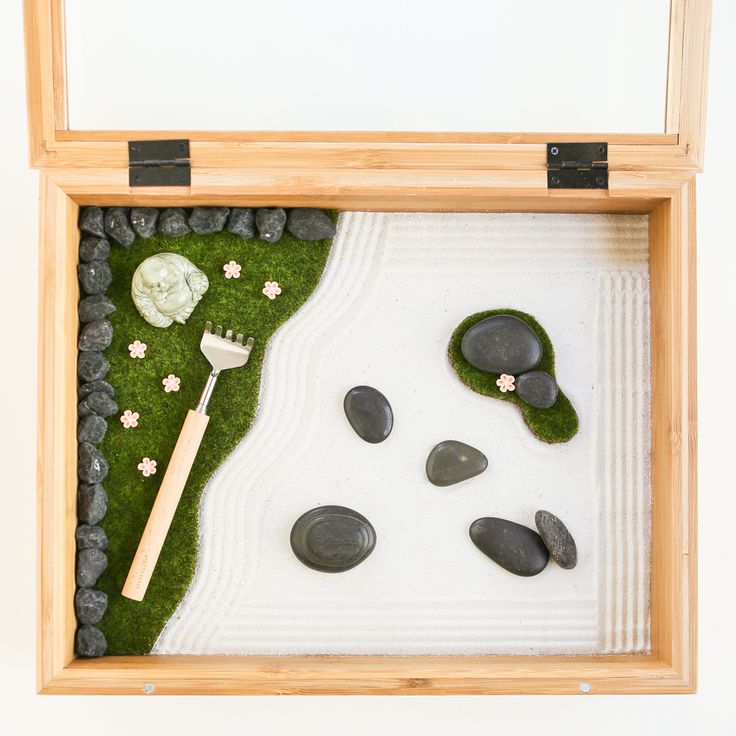
In order to still our minds and quiet our racing thoughts, it’s important to practice mindfulness. We take a deep breath, calm our bodies and find stillness, and focus our thoughts on one thing. Being mindful of the present moment helps us feel happier, be more productive, and feel calmer.
Here are some breathing techniques that can help you teach your kids about mindfulness.
And here are some fun mindfulness games you can play with kids at home, and even with your toddler!
What Tools Do You Need to Make Your Mindfulness Zen Garden?There are lots of options for creating your own Zen garden from items you have at home. There are also quite a few pre-made kits that you can purchase.
Here is a nice simple pre-made Zen garden kit for kids.
Or you can get the materials to assemble one on your with kids. I think that is fun because you can include a mindful nature walk to gather the materials as well. Many of these are also available at your local craft store.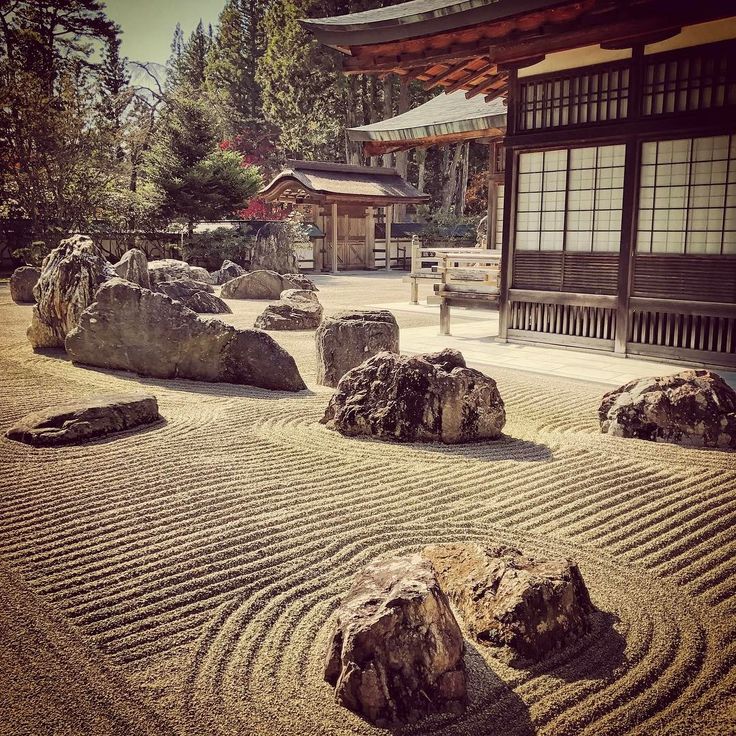
- A flat, low edged container for the sand:
- Shoebox lid
- Photo box lid (slightly sturdier)
- Tray or small box
- Planter tray (heavier but works great)
- Fine sand. You can use play sand, like for a sandbox, but it tends to be too coarse. I recommend this decorative sand in white instead. I also got it in blue and tan!
- A small rake, fork, or even a pine branch to make raking designs
- Rocks. Choose a good variety of sizes, colors, and shapes.
Optional additions to your Zen Garden
- Decorative branches
- Craft sticks to make a fence or DIY rake
- Glue if you plan to make a fence
- A small bowl for water
- Pebbles for dividing two areas of the container
- Sand stamps (These are SO cool, I highly recommend them)
- Bead figures or small toys (turtles, fairies, gnomes, pandas… these Yoga Sloths are adorable and perfect!)
- Fairy houses
- Moss for decorating one side of the garden
- A small dust brush and pan for cleaning stray sand
A cover for it while you are not using it.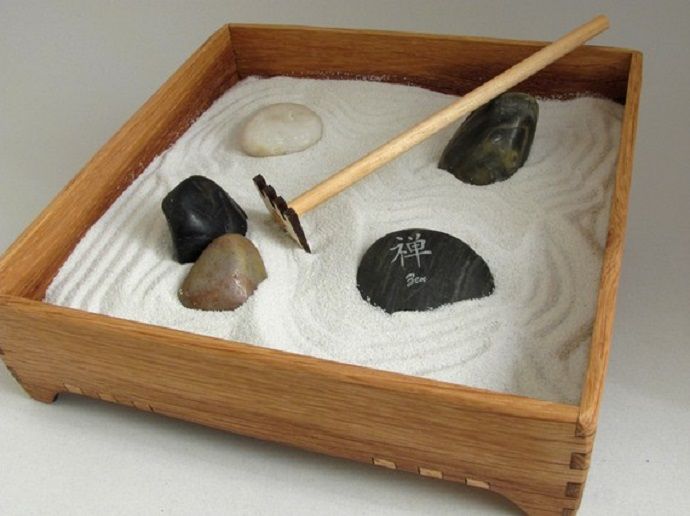 (Especially if it will be by a computer and you have pets or small children!). A microwave cover would work well, or a slightly larger box.
(Especially if it will be by a computer and you have pets or small children!). A microwave cover would work well, or a slightly larger box.
Once you have all the tools, it’s time to get the basics assembled.
How to Set Up a DIY Zen Garden to Practice Mindfulness for KidsOnce you have your Zen garden supplies and you have it all assembled, make sure you explain the process and tactics for mindfully using this tool.
The purpose of the Zen garden is to meditate or focus on just one thing. You can choose an affirmation, or a mantra to whisper to yourself while you create your garden, or you can simply focus on your breath, or the movement of the sand while you rake.
- Choose a mantra or an affirmation. Here is a list that I provide for my students. Or you can choose a nice set of cards like these.
- Start with the sand clear and flat. Gently shake it so it is level.
- Chose your rocks or items that you would like to place in the garden.
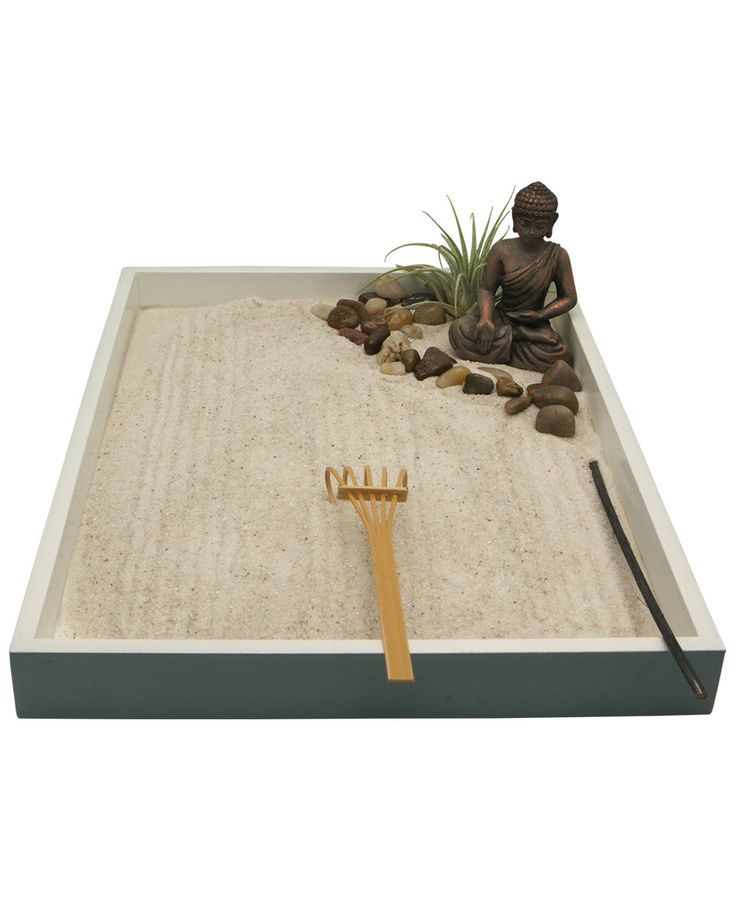
- Mindfully and slowly take a deep breath as you carefully choose where to place each item. This is an important part to model with kids or students, to help them practice the focus and concentration aspect of the meditation.
- Once all of your items are placed, choose a rake. Rake the sand in nice slow, steady designs, breathing slowly to keep your hand steady.
- As you approach the rocks and other items, notice what it feels like to go around, or make a different pattern. This is part of the mindfulness process as well. How does it feel to encounter obstacles?
- While raking, you can also quietly say your mantra to yourself, lifting your mind with a positive affirmation.
- Once you’ve finished raking and making designs, it’s up to you to decide to save it, or replace the rocks and obstacles and smooth out the sand. How does it feel to have your design be impermanent?
If you have younger kids or if you are planning to keep your Zen garden in a classroom, I recommend using a larger tray to set the garden in, just in case of spills. You can keep a small dustpan nearby to give them to option to clean up after as well.
You can keep a small dustpan nearby to give them to option to clean up after as well.
Here are a few more examples of different Zen rock and fairy gardens you can set up with your kids or students! I hope you like them.
This little desert scene, complete with an oasis, was crafted by an 11 year old, who was excited to try it, and also said after 15 minutes of placing things and raking quietly said, “You know this actually is really calming. I like it.” Whew! This adorable fairy garden was made by a very creative 8 year old! I love the little beach hut and especially the pink snail hiding behind the bush. For this zen fairy garden, we added a popsicle stick fence to the lid of a photo box, added a river of rocks and a lot more moss. I love the fairy garden house in this one too! So quaint. This one is made with just a photo box lid and rocks! It works nicely for doing more raking designs or sand stamps.Another little garden in the base of a pot, this one I added small rocks and moss, along with a cute fairy house!I like the simplicity of just using a planter base, rocks, a little zen temple figure, and sand stamps.
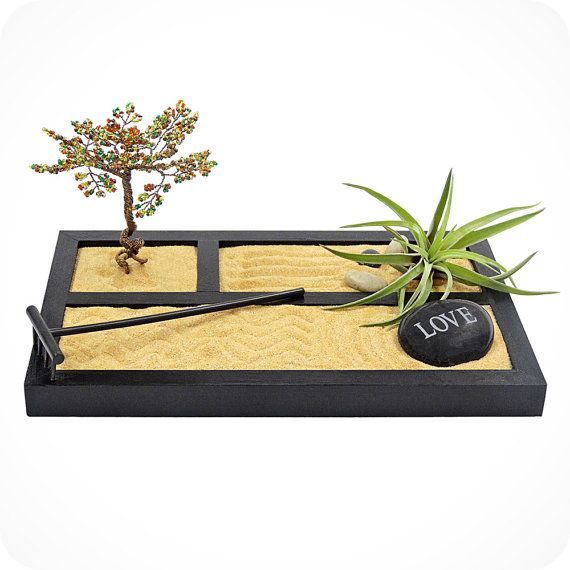 I found this little wooden tray at my local craft store, plus blue sand! So pretty.We even made one another that looks like a little beach! I love the tiny bead turtles and shells that I found, too.
I found this little wooden tray at my local craft store, plus blue sand! So pretty.We even made one another that looks like a little beach! I love the tiny bead turtles and shells that I found, too.What other mindfulness crafts have you done with kids?
Here is what I have so far, I’ll be adding more soon!
Glitter Calm Down Jar
Positive Affirmation Stones
Printable Kids Yoga Games
[/et_pb_text][/et_pb_column] [/et_pb_row] [/et_pb_section]
Sharing is caring!
100 shares
Private Kindergarten "Luchik" on Sokol in SAO Moscow
Private Kindergarten "Luchik" on Sokol in SAO MoscowSign up
✆ +7 (495) 120-0450
➔FAQ
"Luchik" on Sokol was founded in the SAO of Moscow in 1993
For more than 30 years we have been successfully engaged in the education and development of preschool children!
The development of the intellect of each child is the main direction of the educational concept of our kindergarten
Why should you entrust your kids to us? Because by early training we develop the intellect to a greater extent than others!
A balanced daily routine, qualified teachers and educators, the presence of sections and circles allow your kids to grow and develop as a person in our kindergarten.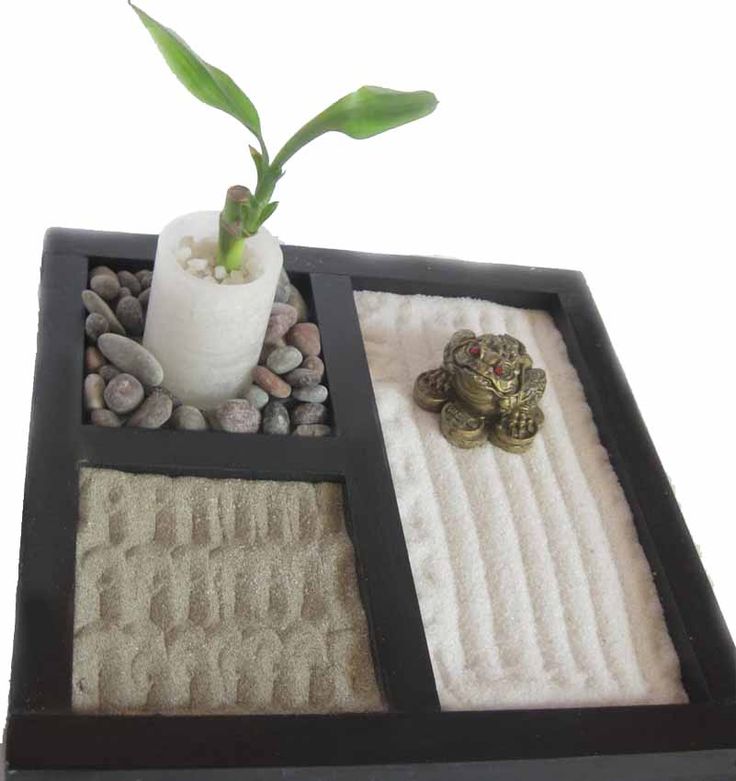
Logical and mathematical intelligence
Logical and mathematical intelligence
We form in children:
- "scientific thinking";
- "sense of form";
- visual memory;
- the skill of calculating and operating with abstractions.
In the classroom:
- mathematics;
- construction;
- robotics;
- chess.
Emotional and aesthetic intelligence
Emotional and aesthetic intelligence
We form in children:
- memorize, reproduce, experience images, music;
- understanding of emotional aspects;
- experience and express emotions.
In class:
- music lessons;
- modern dances, rhythmics, choreography;
- theatrical games;
- art studio, creative workshop.
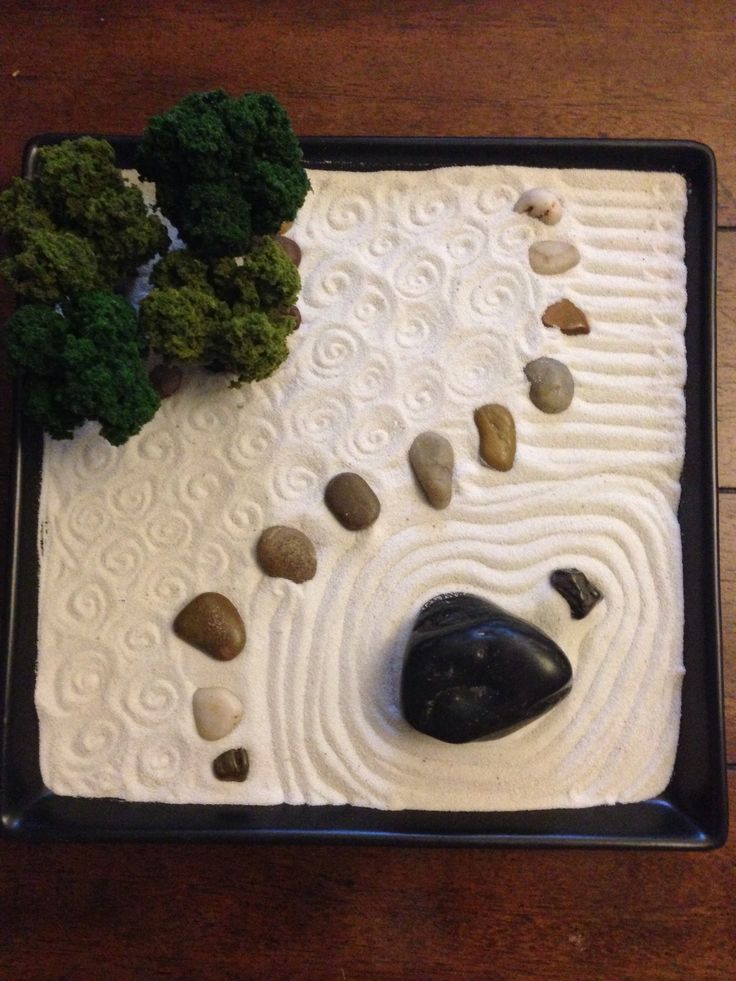
Social intelligence
Social intelligence
We form in children:
- independence and independence;
- arbitrariness and will power;
- the ability to recognize one's feelings, motives and manage them;
- ability to reflect;
- objective self-assessment;
- communication skills
- teamwork skills;
- ability to recognize and discriminate between the feelings of others;
- leadership qualities;
- social foresight.
Biological intelligence
Biological intelligence
We form in children:
- the ability to control the body when solving problems and creating a product;
- motion control;
- high level of development of basic movements.
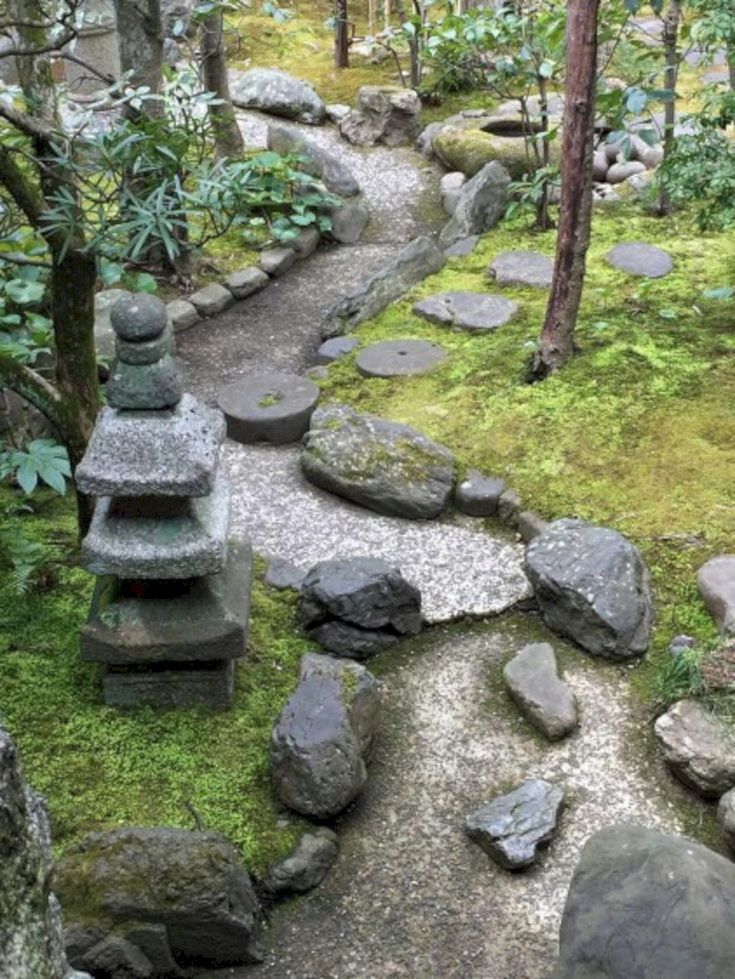
In the classroom:
- physical education;
- active walk;
- health weeks;
- sports events.
Linguistic intelligence
Linguistic intelligence
We form in children:
- the ability to learn languages;
- "sense of language";
- verbal memory;
- love of reading;
- vocabulary;
- figurative thinking;
- information skills.
In the classroom:
- development of Russian speech;
- English;
- basics of Russian and English literacy;
- theater studio.
Research intelligence
Research intelligence
We form in children:
- predisposition to productive activity;
- curiosity, inquisitive mind;
- interest in the outside world;
- ability to recognize and classify natural objects;
- cognitive motivation;
- the ability to establish causal relationships;
- goal setting and the ability to achieve the goal.
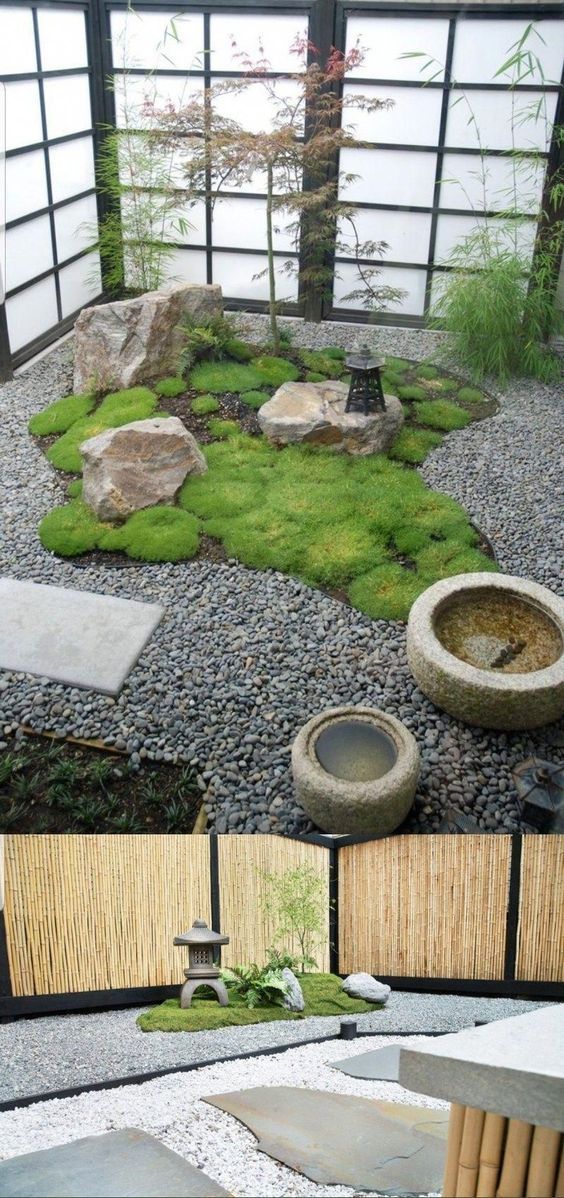
Groups of a private kindergarten on Sokol
Junior
group
from 2 years old
Middle
group
from 4 years old
Senior
Group
From 5 years old
Preparatory
Group
C 6 years
Preparation Course
for school
We are going to school
from 1 year
Developing classes
Additional
Education and SE
City
summer camp
summer program
Reviews of the private kindergarten "Luchik" on Sokol
See all reviews
Acquaintance with the history of the Sokol district
11/11/2022
Exhibition "Gifts of Autumn"
10/31/2022
And we have guests again!
10/14/2022
Parents study together with their children
Grow up!
Tips for parents of hyperactive children, kindergarten and whims, non-traditional drawing techniques and much more
Success Academy for moms and dads
How to get your child interested in English, how to choose the right summer camp for children and answers to other questions of parents
Peculiarities
of adolescence
Sports in the life of a teenager, safety rules for children on the Internet, improving school performance and other useful knowledge
remember page
Scientists figured out how to help a child transition to kindergarten - Gazeta.
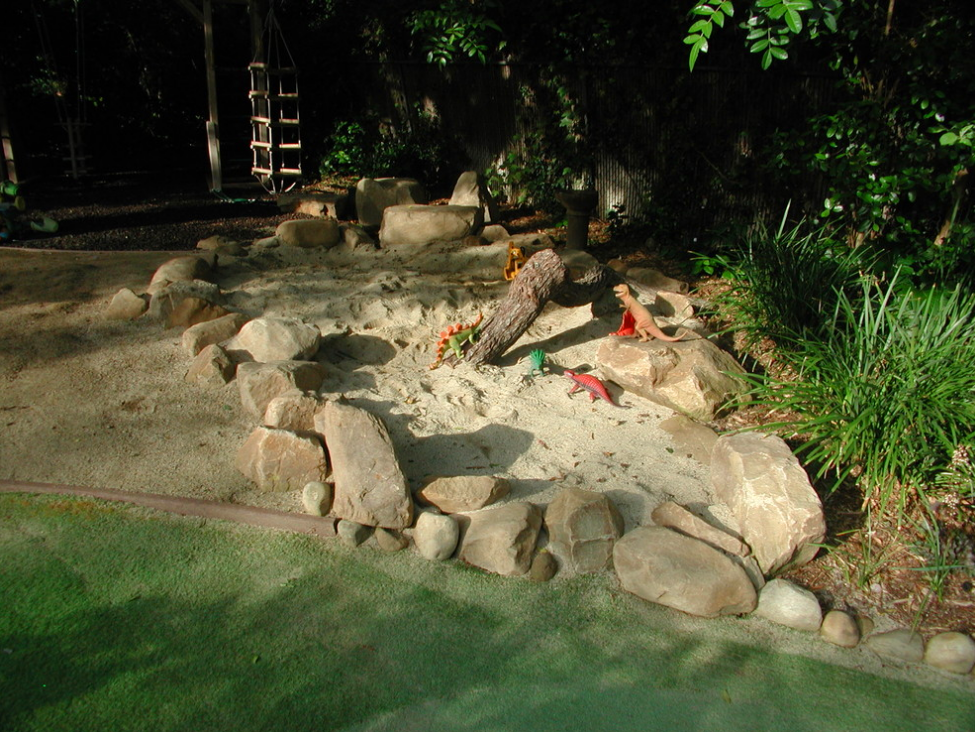 Ru
Ru Scientists have figured out how to help a child transition to kindergarten - Gazeta.Ru | News
close
100%
Pediatricians from Pennsylvania State University found that children need to sleep for 10 hours in order to successfully adapt to kindergarten, and the daytime sleep break in the transition period was useless. The work was published in the journal Pediatrics .
To record the sleep and wakefulness of 220 children, the researchers used a watch that tracks movement over four periods of 7 days over a year. The authors began observations in July-August before the start of the school year in kindergarten, and then continued in September, November and April. Kindergarten staff assessed the adaptability of students to kindergarten. The results showed that children who regularly got at least 10 hours of sleep during the night were the most accustomed to kindergarten.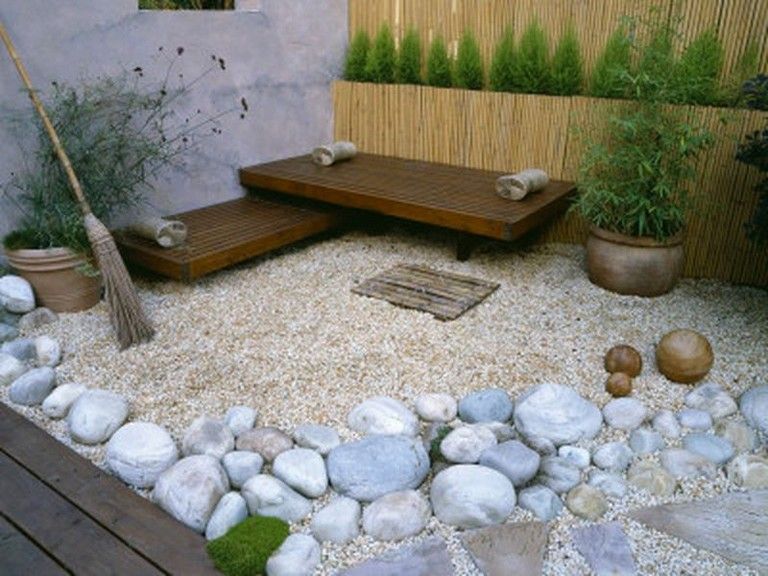 They also showed great progress in emotional development, engagement in learning, and performance during the year in kindergarten. The authors took into account family income, children's health status and attendance.
They also showed great progress in emotional development, engagement in learning, and performance during the year in kindergarten. The authors took into account family income, children's health status and attendance.
It is important that such a sleep pattern be introduced before starting kindergarten. At the same time, daytime sleep did not affect the adaptation of children, and also could not compensate for nighttime sleep deprivation. The American Academy of Sleep Medicine (AASM) recommends that preschoolers get 10-13 hours of sleep per night, but the results of this study suggest that for those children about to start kindergarten, those hours should be centered at night. The study authors also recommend avoiding television, video games, and tablets at least 30 minutes before bed. It is good practice to have rituals before bed, which may include bathing, reading books, and talking in a quiet environment.
Subscribe to Gazeta.Ru in News, Zen and Telegram.
To report a bug, select the text and press Ctrl+Enter
News
Zen
Telegram
Georgy Bovt
The old horse and its furrow
About whether Donald Trump has a chance to return to the White House
Alena Solntseva
With open eyes
About uncomfortable moments in history
